Shout Out Louds
Arne-Carlsson- Park, WUK, 2008
The five members of Shout Out Louds met at the Academy of Arts in Stockholm, Sweden. Initially they wanted to call their band “Luca Brasi”, which is the name of a character in the Italian novel “The Godfather”. But there was already another band out there with this name. However, the name change didn’t affect their ambitions and Shout Out Louds have since then become one of the most popular Scandinavian bands after just two full-length-records. No surprise, as it is hard to beat them when it comes to pop appeal. Their songs are simple but effective and always subsumable under the broad term indie, whereas singer Adam Olenius tries to break up all-too-clean melodies when his voice frequently goes over the top. There is certainly more challenging music to find, but Shout Out Louds are among the best bands that write catchy, easily-consumable and still not one-dimensioned songs.
- Photography
- Simon Brugner
- Artist
- Shout Out Louds

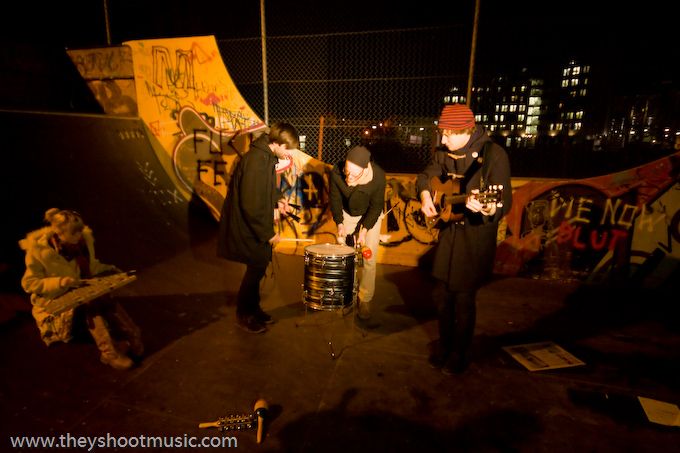
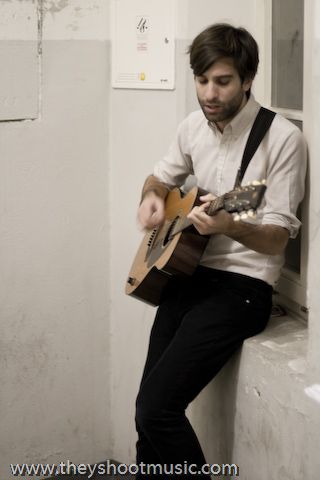
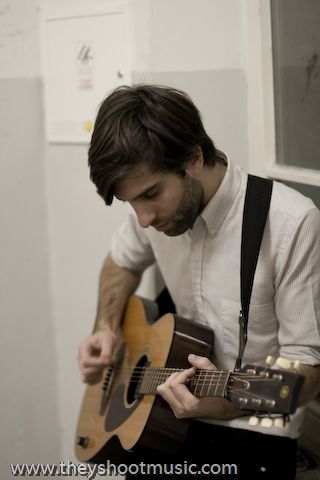
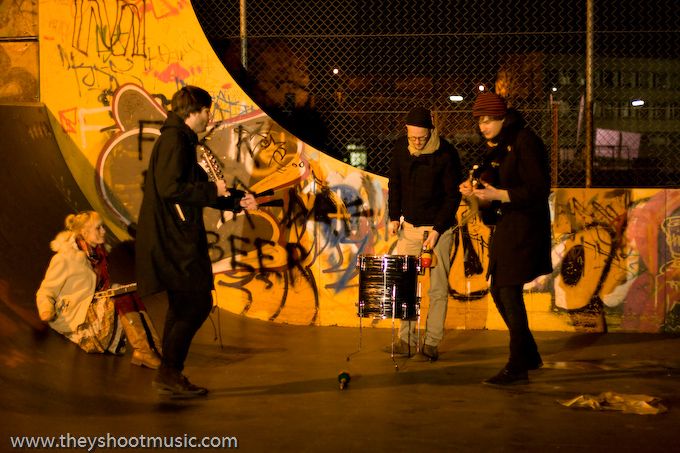
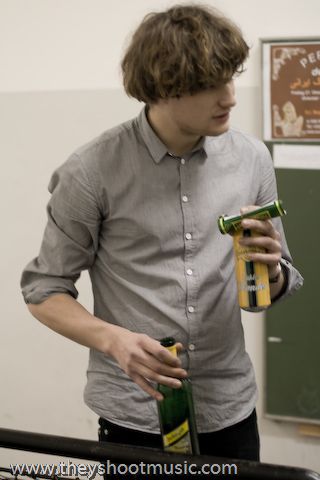
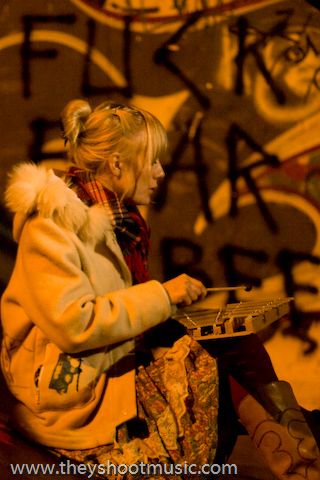
Arne-Carlsson- Park
Arne-Karlsson-Park is – with a size of 12.500 square meters – among the biggest parks of Vienna’s 9th district Alsergrund. It is named after the head of the Swedish relief action for Vienna in 1946/47, when Karlssons initiative led to 70.000 food rations being given to poor and hungry people every day. Unlike some other Viennese parks, Arne-Karlsson-Park is accessible all day and night and serves as a recreation area for students from the many nearby University departments. Moreover there are ramps and half-pipes for skaters. Until 1860 the area was used for a so called Siechenhaus, a special house for quarantined people who were isolated because of contagious diseases. Afterwards the City of Vienna built a Bürgerversorgungshaus, a hospital for poor people. In 1928, the park was opened in today’s shape, except for the 700-square-meter air-raid-shelter that was erected during the Second World War.
WUK
Wuk is short for Werkstätten- und Kulturhaus (Workshop and Culture House) – is not only a venue for concerts. The brick building with its charmingly sleazy cobbled courtyard hosts 130 groups and initiatives, which produce all kinds of non-mainstream-art. The cultural center is subsidised by the City of Vienna, but the groups work autonomously and self-governed. Apart from the concert hall, studios and workshops there is also a café with a nice outdoor area in the WUK courtyard and a self-help bicycle repair shop. The 19th century building was originally used as a factory for train engines. In 1884, the Technologisches Gewerbemuseum (Technologic Trade Museum) moved into today’s WUK and turned it into a place of science, education and exhibitions with the purpose to keep the Austrian-Hungarian monarchy up-to-date in questions of technological development. The monarchy was more than half a century gone when there were still engineers trained in Währinger Straße 59. In 1981, the building was handed over to an association of alternative Viennese artist, teachers, students and other activists.